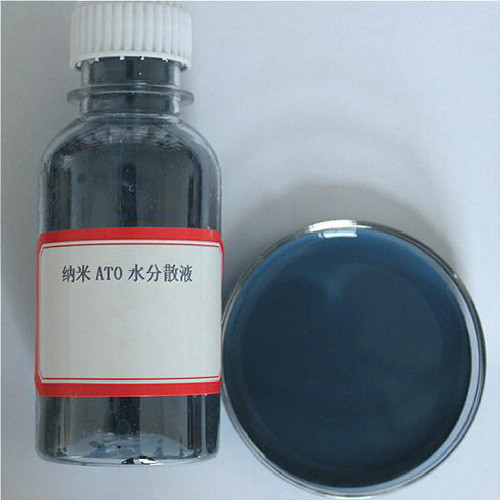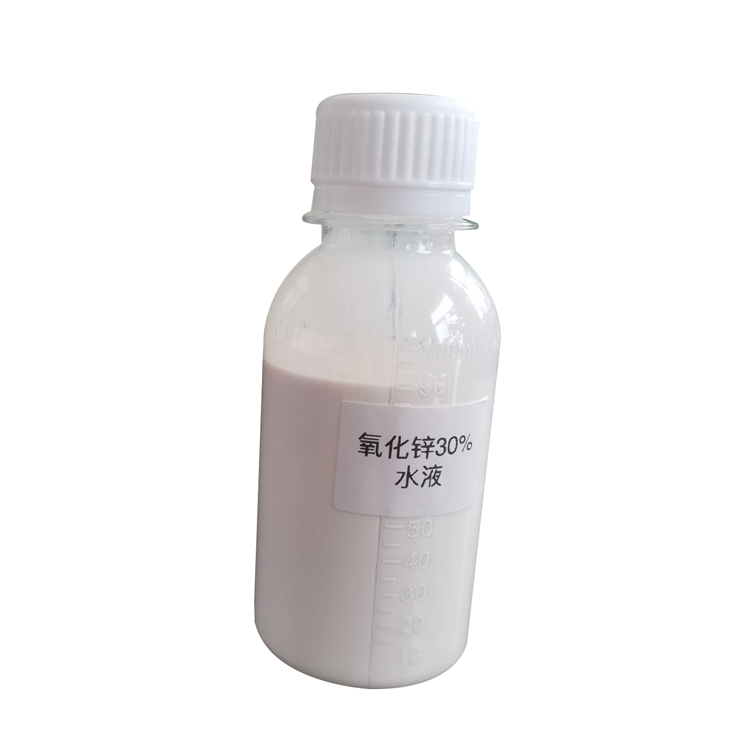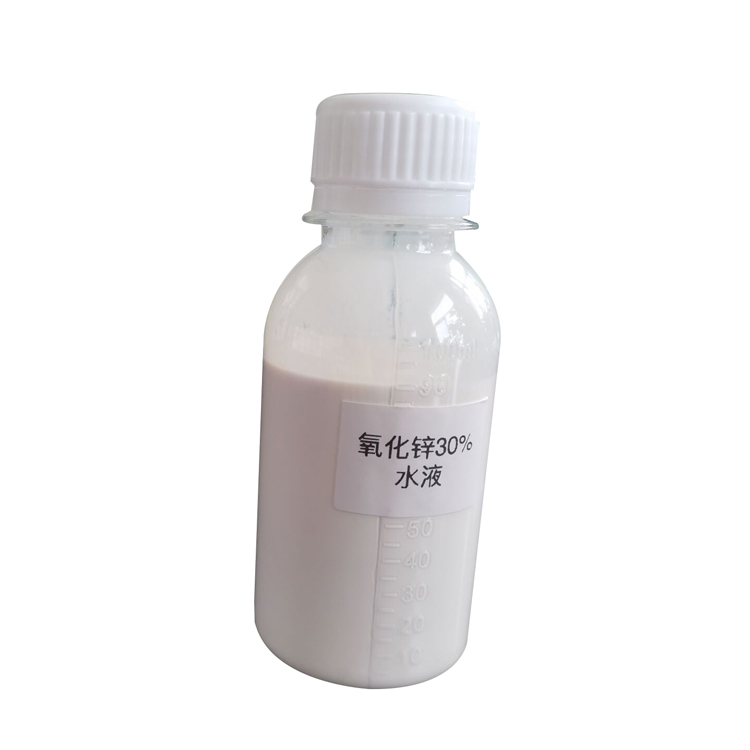Graphene, a two-dimensional material, has been the subject of intense research and development in recent years, owing to its unique properties such as high surface area, high electrical conductivity, and mechanical strength, among others. However, there are different types of graphene, each with its own characteristics and applications. In this blog post, we will discuss the two most popular forms of graphene - graphene oxide (GO) and reduced graphene oxide (rGO), and their differences.
What is Graphene Oxide?
Graphene oxide (GO) is a derivative of graphene that is obtained by the oxidation of graphene through strong oxidizing agents such as potassium permanganate or nitric acid. The oxidation process introduces oxygen functionalities such as hydroxyl, epoxy, and carboxyl groups onto the graphene sheet. As a result, the oxygen content in GO is higher than that of graphene, and it has a highly hydrophilic nature.
What is Reduced Graphene Oxide?
Reduced graphene oxide (rGO), on the other hand, is obtained by the reduction of graphene oxide through the removal of oxygen functionalities. The reduction process can be achieved through various methods such as chemical reduction, thermal reduction, or irradiation. Unlike GO, rGO has fewer oxygen functionalities, and it is hydrophobic in nature.
Key Differences between GO and rGO
1. Oxygen Content: As mentioned earlier, GO has a high oxygen content due to the presence of oxygen functionalities, while rGO has fewer oxygen functionalities.
2. Hydrophilic/Hydrophobic Nature: GO is highly hydrophilic, while rGO is hydrophobic in nature.
3. Conductivity: The presence of oxygen functionalities in GO makes it less conductive than rGO, which has a lower resistance path.
4. Applications: GO finds its applications in fields such as energy storage, sensing, and catalysis, while rGO is used in electronics, photonics, and optoelectronics.
Conclusion
GO and rGO are two important forms of graphene that have their distinct properties and applications. While GO is highly hydrophilic with high oxygen content, rGO is hydrophobic and less conductive. The suitability of each form of graphene depends on the specific application requirements. Understanding the differences between GO and rGO is crucial in choosing the appropriate form of graphene for a particular application.
In summary, while GO and rGO may seem similar, they are quite different and understanding these differences can help researchers and engineers to choose the right graphene material for their projects.
SAT NANO can supply high purity graphene oxide powder and reduced graphene oxide powder, if you have any enquiry, please feel free to contact us at sales03@satnano.com

























